Midjourney Photo Prompt-AI image generation tool
AI-Powered Visual Storytelling & Design
Related Tools
Load More
ロMidjourney V6 - Photorealistic Image Prompts
Creates amazing image prompts of people and things for Midjourney V6 (marketing, branding, advertising, stock images and more)
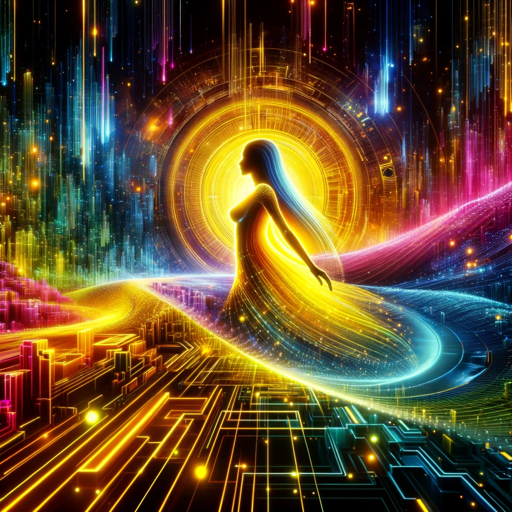
Midjourney6 Muse
Expert in crafting Midjourney v6 prompts, guiding creativity and clarity.

ロMidjourney Prompt Generator (V6)
Generate 5 detailed, creative, optimized prompts that are ready to use in Midjourney V6. Mention "niji" if you need ending with "--niji 6”

MidJourney Prompt Generator
The most advanced MidJourney Prompt Generator
MidjourneyV6 prompt from short description
Add an image or description and I'll craft the perfect prompt ©

Midjourney真实照片助手
生成完全用英文描述的逼真Midjourney照片提示词。
20.0 / 5 (200 votes)
Introduction to Midjourney Photo Prompt
Midjourney Photo Prompt is designed as a creative tool that allows users to generate highly specific visual concepts in the form of prompts. These prompts are structured to guide AI image generation platforms, like Midjourney or other text-to-image models, to produce detailed, visually rich outputs. The core function of Midjourney Photo Prompt lies in its ability to translate abstract ideas into visual descriptions, ensuring the end result is as close as possible to the original concept envisioned by the user. The prompts are structured to cover various elements such as composition, lighting, environment, and style. For example, a prompt might specify a futuristic cityscape with cinematic lighting and detailed character positioning, which the AI will interpret to generate a visual output. These prompts are useful for generating anything from conceptual art and sci-fi visuals to realistic photographs. Overall, Midjourney Photo Prompt focuses on maximizing creative control and offering precise guidance in AI-assisted image creation.

Core Functions of Midjourney Photo Prompt
Custom Visual Concept Creation
Example
A user might want to generate an image of a cyberpunk city with neon-lit streets and a lone figure standing in the rain. The prompt would describe the exact scene, including the atmospheric lighting, setting, and character position.
Scenario
This function is applied in concept art development, where designers need detailed control over visual elements to create a specific mood, such as for a video game or movie scene.
Realism and Artistic Style Control
Example
A photographer wants to recreate a scene resembling a vintage photograph with sepia tones, soft shadows, and natural lighting. The prompt specifies the lighting setup, camera angles, and artistic style to match this retro look.
Scenario
Used by photographers or digital artists who need AI-generated imagery to match a certain artistic period or style, ensuring that the AI understands both the aesthetic and technical details, like lighting and color palette.
Advanced Lighting and Environmental Detailing
Example
An architect requires a rendering of an interior space with soft, diffused daylight streaming through large windows, combined with ambient lighting. The prompt defines the architectural details, material textures, and lighting effects.
Scenario
This function is essential in architectural visualization, where realistic lighting and environmental context (e.g., time of day, material interactions) play a key role in conveying the final design.
Target User Groups for Midjourney Photo Prompt
Digital Artists and Concept Designers
These users benefit from the high level of customization and control that Midjourney Photo Prompt offers. Whether they are creating concept art for games, films, or virtual environments, the ability to dictate artistic style, environmental details, and visual themes helps them quickly generate the visuals they need.
Photographers and Creative Directors
Photographers and creative directors often need to explore new ideas for shoots or campaigns. Midjourney Photo Prompt allows them to simulate different lighting setups, poses, and environments, helping them visualize a shoot before it happens. It also supports the creation of visual mood boards or preliminary drafts.

How to Use Midjourney Photo Prompt
1
Visit aichatonline.org for a free trial without login, also no need for ChatGPT Plus. This will give you instant access to explore and use Midjourney’s photo prompt generation features.
2
Choose a creative concept or visual idea you want to generate. Decide on the details such as setting, mood, characters, and specific elements of the scene.
3
Follow the Midjourney prompt structure by specifying the detailed description of the scene, lighting, and camera details. Refer to sample prompts for guidance.
4
Submit your prompt to the AI tool. The AI will generate the image based on your detailed description, applying lighting conditions, photographic styles, and resolution preferences.
5
Review and refine your results by adjusting your prompt’s details. You can modify elements like lighting, environment, or composition for an enhanced output.
Try other advanced and practical GPTs
Midjourney Prompt Bot
AI-Powered Prompt Crafting for Art
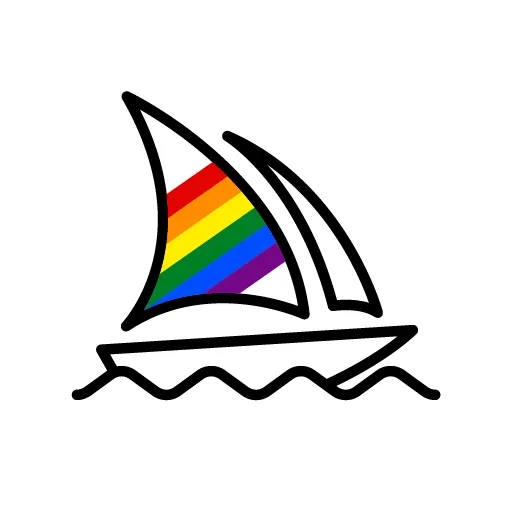
防彈筆記法
Empower your workflow with AI-driven notes
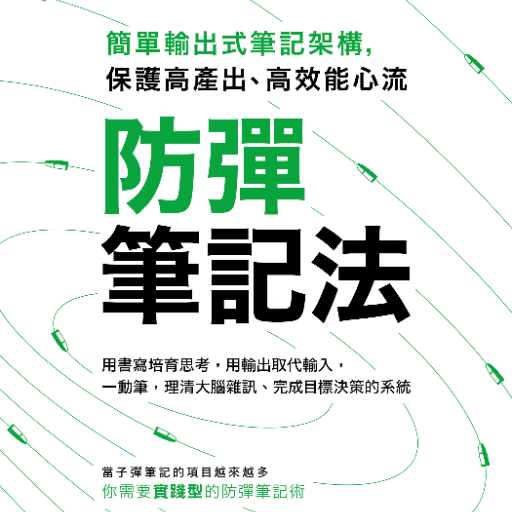
Power Query Assistant
AI-Powered Data Transformation Made Easy
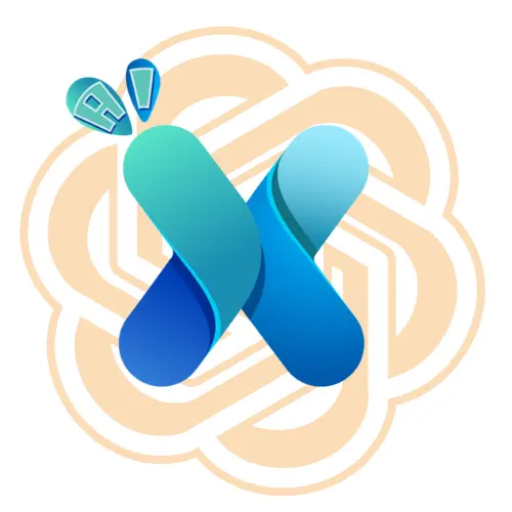
Power BI Assistant Pro
Empowering Your Power BI Journey
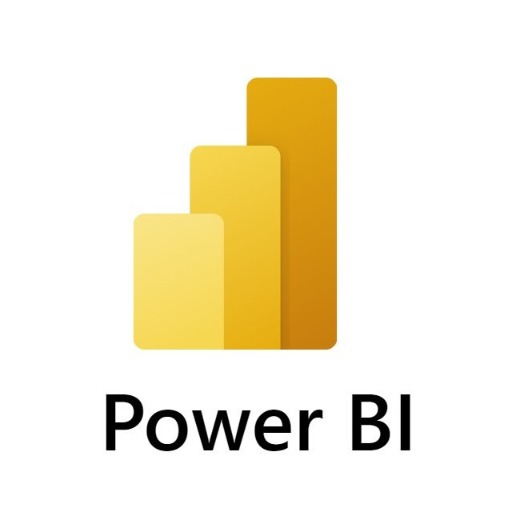
EnhancedGPT
AI-driven solutions for smarter strategies
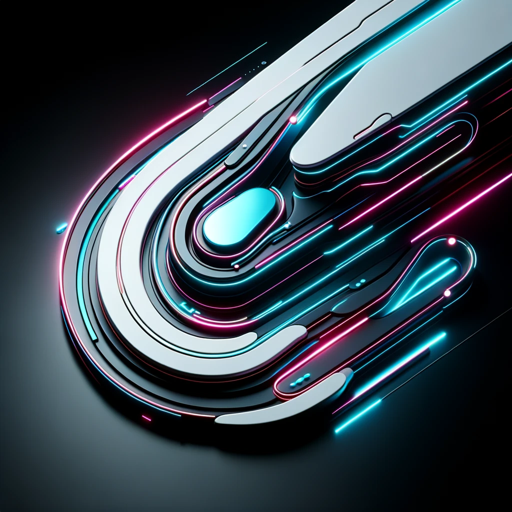
GPT használata magyarul
AI-powered assistant for text and translation

Human resource & Flex / Uitzendbureau Mastermind
AI-powered HR and legal compliance.
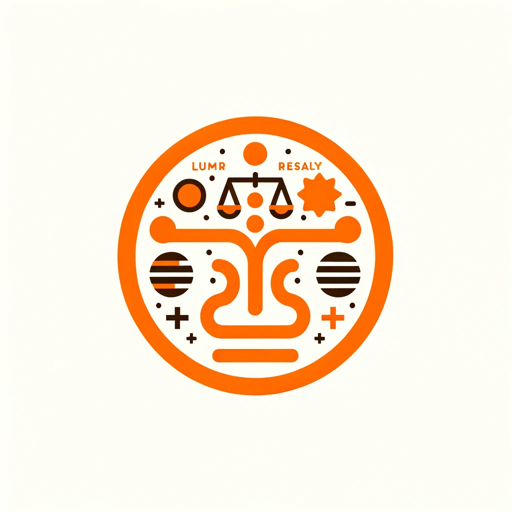
SEO Content Analyzer by Growthturn
Optimize Your Content with AI Precision

Conflict Resolution
AI-powered conflict resolution tool
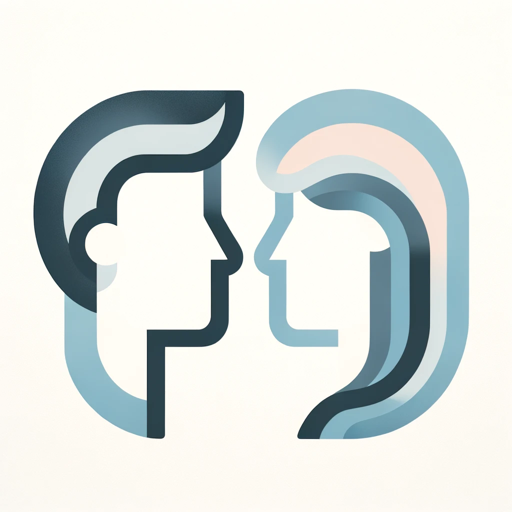
CD Commerce Marketing Pro
AI-driven marketing for smarter e-commerce
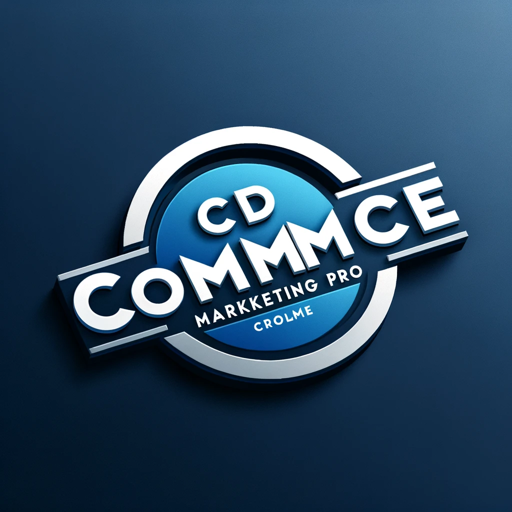
中英词源翻译器
AI-powered etymological translator for deeper language understanding
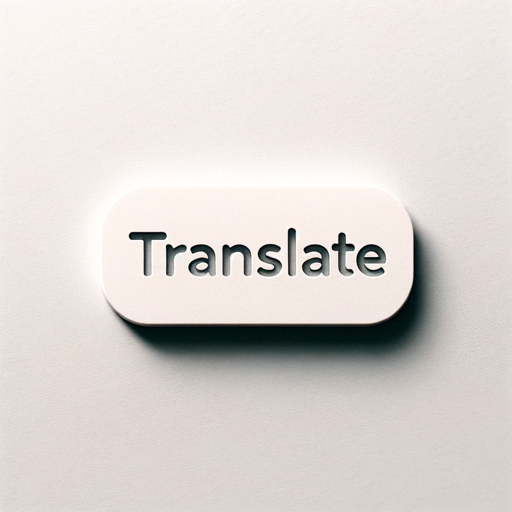
CK-12 Flexi
AI-Powered Learning Assistance
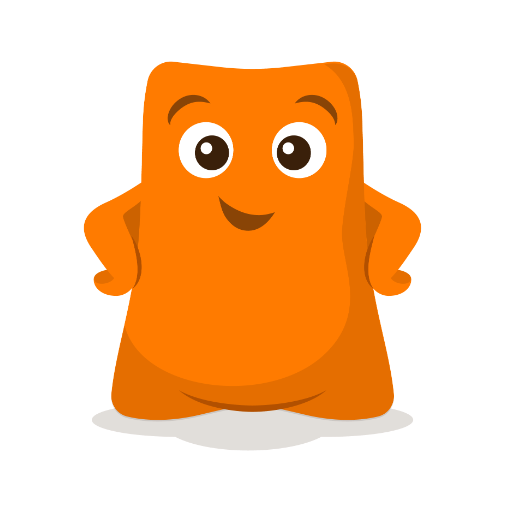
- Marketing
- Storytelling
- Digital Art
- Visual Design
- Photography
Midjourney Photo Prompt - Q&A
What is a Midjourney photo prompt?
A Midjourney photo prompt is a structured input used to generate AI-created imagery. Users describe a visual scene in detail, specifying key elements such as setting, lighting, mood, and camera effects to produce a high-quality, unique image.
What can I create with Midjourney Photo Prompt?
You can generate a wide range of imagery including fantasy scenes, product photography, futuristic landscapes, characters in specific settings, or creative interpretations of various artistic concepts. It is perfect for content creation, visual storytelling, and digital art projects.
Do I need technical knowledge to use Midjourney?
No technical expertise is required. The platform provides an easy-to-use interface where users can follow a prompt structure, including detailed descriptions and creative ideas, to generate high-quality visuals without needing graphic design skills.
What are the best practices for creating a strong prompt?
Be specific about the elements you want to include: describe the atmosphere, lighting, subject, and visual effects clearly. Including camera and lens specifications, as well as artistic styles, will enhance the quality and realism of your generated images.
How can Midjourney Photo Prompt enhance my creative projects?
By allowing you to visualize complex ideas quickly and in high quality, Midjourney Photo Prompt enhances creative workflows for marketing, storytelling, product design, and art creation. It helps bring abstract concepts to life efficiently, reducing the need for manual graphic design.